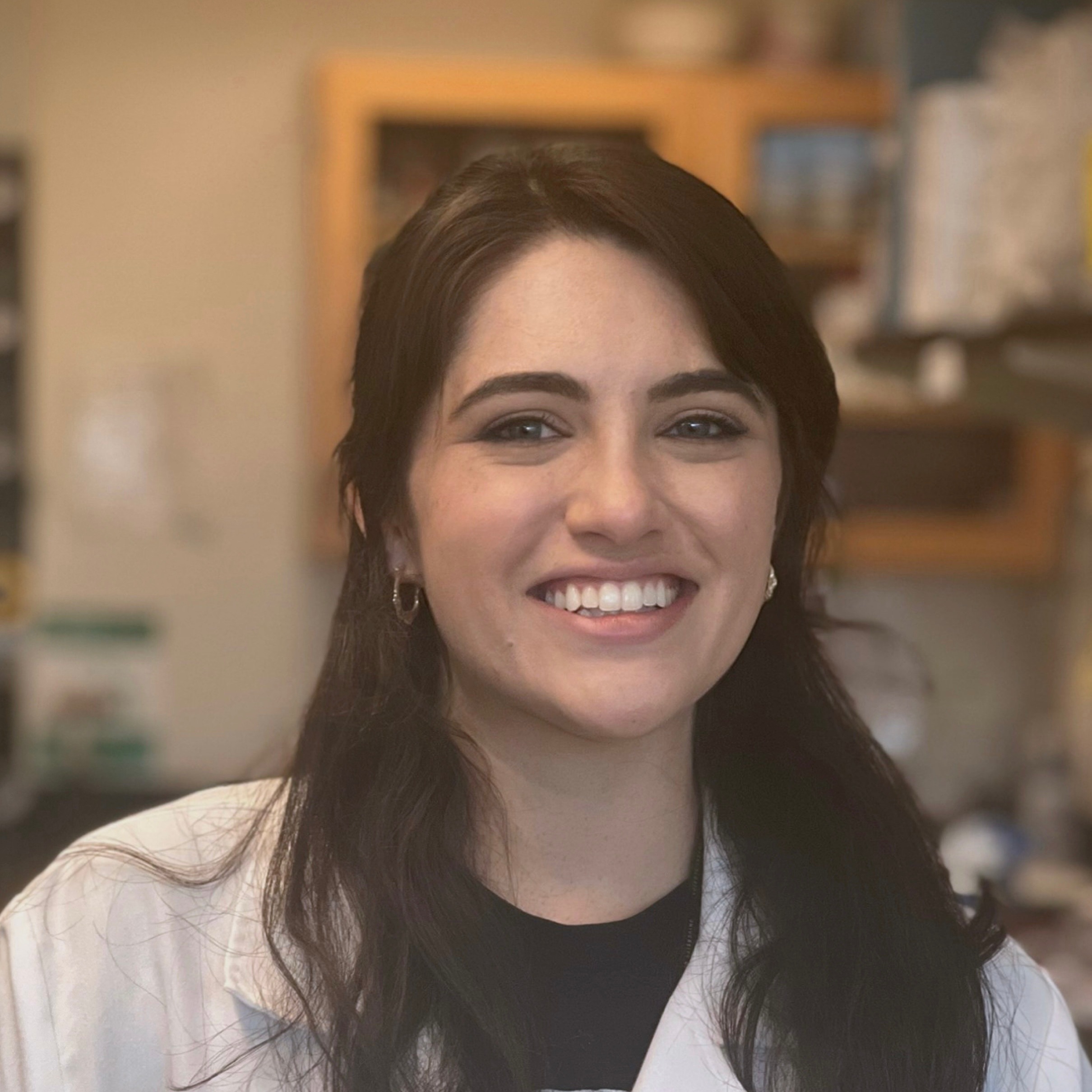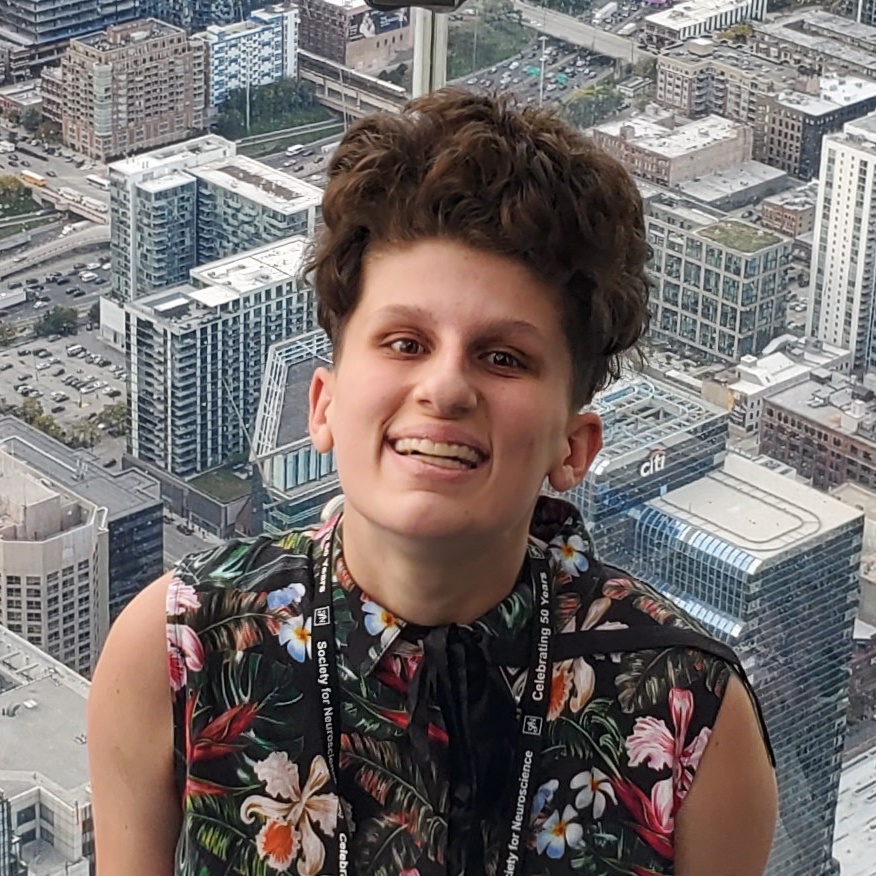The Young Investigator Award (YIA), initiated in 1985, is the Children's Tumor Foundation's longest running award program, and provides two-year salary support to early career NF researchers to help them get established as independent NF investigators. Since its inception several YIAs have made groundbreaking research findings and notable publications through this program, and many have advanced to become leaders in the NF research and clinical communities.
This year, the Children’s Tumor Foundation is investing in 9 Young Investigators. We are pleased to announce the recipients of this latest round of funding, and share a few words about their projects:
Simge Acar, Washington University
 Global protein changes associated with Chr8 gain in MPNST
Global protein changes associated with Chr8 gain in MPNST
Malignant peripheral nerve sheath tumors (MPNST) are one of the common malignancies in individuals with NF1 and are associated with poor overall survival. Unlike plexiform neurofibromas, MPNSTs have an extra copy of chromosome 8 (Chr8q gain), which is hypothesized to induce genome-wide perturbations that specifically promote cancer progression. This study will analyze cells with Chr8q gain along MPNST samples from patients to test the above hypothesis and to characterize the molecular changes caused by this phenomenon.
Haley Hardin, University of Central Florida, $64,000
 Evaluation of BRD4 Inhibitors for Use in Combination with Kinase Inhibitors for NF2 Schwannomas
Evaluation of BRD4 Inhibitors for Use in Combination with Kinase Inhibitors for NF2 Schwannomas
NF2 tumors respond to treatment with MEK inhibitors but eventually develop drug resistance. This study will evaluate a MEK-BRD4 inhibitor combination therapy for drug response in NF2 compared to MEK inhibitor monotherapy. Specifically, this study will investigate the drug resistance mechanism by examining the role of BRD4 in regulating the expression of resistance-mediating genes and will test various MEK-BRD4 inhibitor combinations to identify new drug combinations for NF2.
Charlene Iltis, Sloan-Kettering Institute for Cancer Research
 Characterization of the molecular mechanisms conferring resistance to treatment on NF1 associated-MPNST
Characterization of the molecular mechanisms conferring resistance to treatment on NF1 associated-MPNST
MPNSTs in the context of NF1 are often the result of malignant transformation of benign precursor lesions including plexiform neurofibromas. The proposed project will characterize a rare MPNST population with stem-cell like properties that is essential for tumor initiation and relapse, and elimination of which promotes tumor shrinkage and abolishes tumor relapse. This study can provide deeper insights into MPNST development and new therapies for targeting them.
Tonci Ivanisevic, Katholieke Universiteit Leuven
 The role of LZTR1 in schwannomatosis development and progression
The role of LZTR1 in schwannomatosis development and progression
Mutations in the LZTR1 gene account for up to 40% of the cases of familial schwannomatosis. However, the molecular mechanisms by which these mutations predispose to schwannomas are still unknown. This project will perform multi-omic analyses of a Lztr1 deleted-schwannoma model to identify the interactions between the RAS/MAPK and Hippo pathways during schwannoma development and progression. It will also develop clinically relevant 3D models of schwannomatosis to assess candidate drugs as monotherapy or in combination with Hippo pathway inhibitors.
Paul Jones, Washington University
 Early Detection and Model Development of NF1-MPNST Using Liquid Biopsy of cfDNA
Early Detection and Model Development of NF1-MPNST Using Liquid Biopsy of cfDNA
MPNSTs are the leading cause of death in NF1 patients but current methods to detect them, especially the early-stage ones, and track their progression are insufficient. This project aims to develop an assay based on cell-free DNA analysis that will more sensitively detect early-stage MPNST formation. It will further apply this assay in mouse models to understand tumor evolution, treatment response, and resistance mechanisms.
Erica Leif, Alliant International University
 The Impact of Self-Determination Theory on Increasing Health-Promoting Behaviors in Adults with Neurofibromatosis Type 1
The Impact of Self-Determination Theory on Increasing Health-Promoting Behaviors in Adults with Neurofibromatosis Type 1
NF1 is a complex health condition with multiple clinical manifestations including debilitating chronic pain. By applying the self-determination theory, which suggests autonomy, competence, and relatedness as main psychological needs for growth and change, this study will investigate NF1-associated pain and the contribution of a wide range of factors to successful self-management of pain.
Namrata Raut, Cincinnati Children's Hospital Medical Center
 The role of Schwann cells in the onset of pain due to neurofibromatosis-1 (NF1)
The role of Schwann cells in the onset of pain due to neurofibromatosis-1 (NF1)
Majority of NF1 patients experience moderate to severe neuropathic pain. However, the underlying mechanisms of pain development are not fully understood. The proposed study will examine the specific cell types and mechanisms involved in neuropathic pain development in NF1. Using preclinical mouse models, this study will test whether growth factors produced by Schwann cells together with select immune cell populations that infiltrate the affected peripheral nerves contribute to neuropathic pain-like behaviors.
Nipunika Somatilaka, UT Southwestern
 From cold to hot: Reprogramming tumor microenvironment to target NF1 malignancies
From cold to hot: Reprogramming tumor microenvironment to target NF1 malignancies
MPNSTs associated with NF1 respond poorly to chemotherapy and radiotherapy. Immunotherapy drugs are also not effective against MPNSTs because these tumors are ‘cold’ lacking T cells and other immune cells near or within the tumor. The present study aims to reprogram the MPNST microenvironment such that they are converted from non-T cell ‘cold’ tumors into T cell-rich ‘hot’ tumors. This will be achieved by activating the STING-IFN pathway using known small molecule agonists. This study will then test various combinations of STING agonists and immune checkpoint blockers to determine their efficacy in treating MPNST.
Derek Wong, University Health Network, Canada
 Integrated Analysis of Plasma Whole Genome Sequencing for the Early Detection of Malignant Tumours in Patients with Neurofibromatosis Type 1
Integrated Analysis of Plasma Whole Genome Sequencing for the Early Detection of Malignant Tumours in Patients with Neurofibromatosis Type 1
The clinical manifestations of NF1 are diverse and range in severity from mild (eg. skin discoloration) to very serious (eg. cancer). Clinicians need new ways to identify NF1 patients requiring heightened surveillance or treatment. The objective of this study is to develop an assay that utilizes cell-free DNA (cfDNA) to monitor NF1 disease severity and identify tumors with malignant potential. This assay will integrate two technologies that enable more thorough genetic and epigenetic profiling of cfDNA and will potentially allow physicians to deliver personalized, risk-adapted care to NF1 patients.
The Children’s Tumor Foundation Discovery Fund is an $8-10 million initiative supporting the Foundation’s longstanding commitment to driving and funding the best and most promising neurofibromatosis (NF) research. Discovery Fund researchers will focus on NF drug development, including basic science to pre-clinical and early stage clinical trials, with the goal of developing new treatments and potential cures for NF1, NF2, MPNSTs and schwannomatosis.
Learn more about the Young Investigator Awards here.

